Contents
Books by New Scientist include
Does Anything Eat Wasps?
Why Dont Penguins Feet Freeze?
How to Fossilise Your Hamster
Do Polar Bears Get Lonely?
How to Make a Tornado
Why Cant Elephants Jump?
Farmer Buckleys Exploding Trousers
Why Are Orangutans Orange?
Will We Ever Speak Dolphin?
Nothing
Question Everything
Chance
The Origin of (almost) Everything

First published in the USA in 2016 by Nicholas Brealey Publishing
An Hachette UK company
Copyright New Scientist 2016
The moral right of the Authors of the Work has been asserted in accordance with the Copyright, Designs and Patents Act 1988.
All rights reserved.
No part of this publication may be reproduced, stored in a retrieval system, or transmitted, in any form or by any means without the prior written permission of the publisher.
All characters in this publication are fictitious and any resemblance to real persons, living or dead, is purely coincidental.
Library of Congress Control Number: 2016034446
ISBN 978-1-85788-663-4
eBook ISBN 978-1-85788-954-3
Printed and bound in the United States of America
Nicholas Brealey policy is to use papers that are natural, renewable and recyclable products and made from wood grown in sustainable forests. The logging and manufacturing processes are expected to conform to the environmental regulations of the country of origin.
John Murray Press Ltd
Carmelite House
50 Victoria Embankment
London EC4Y 0DZ
Tel: 020 7122 6000 | Nicholas Brealey Publishing
Hachette Book Group
Exchange Place, 53 State Street
Boston, MA 02109, USA
Tel: (617) 523 3801 |
www.nicholasbrealey.com
Introduction
The Last Word is all about following your curiosity, wherever it leads. For over a decade, this column has made its home on the final page of New Scientist magazine, dedicated to an endless quest for answers. Every week, the New Scientist inbox overflows with questions from readers on things that have left them puzzled, and every week we publish the best answers, as supplied by other readers. The fruits of this perennial vine of inquiry have been picked, polished and packed together into the book you now hold in your hands.
Most of the time, the mysteries confounding our readers are drawn from everyday experience: why do wind turbines have three blades? Why does a towel dried on a washing line become stiff? And what causes a hungry stomach to gurgle? Other times, these enquiring minds are focused on more exotic horizons: why do zebras have stripes? Can the sun be extinguished? And what would happen if one black hole swallowed another? Just occasionally, we receive a question that borders on the philosophical: does the sky ever end? And does the sea smell of fish, or do fish smell of the sea?
Our readers are not alone in their search for answers. In this book, you will also find questions that New Scientist staff have grappled with in the course of their work, on topics both profound and mundane. If youve ever wondered why ice is slippery, why pollen turns some people into sniffling wrecks but not others, or how life started on Earth, so have we, and our best explanations can be found inside this book. In fact, this quest to entertain lifes most thought-provoking questions is a cornerstone of New Scientist magazine itself.
No doubt there will be some questions in here that have crossed your minds at one time or another. Others may take you entirely by surprise. But big or small, theres an answer to every question, and sometimes there are even a few. Stay curious.
Frank Swain
July 2016
1 Animal Kingdom
Striped sweater
 Years ago I was told that the black hairs on a zebra heat up while the white hairs stay cooler. This sets up a temperature difference between the stripes, which creates an air flow by convection and helps to keep the zebra cool. Does anyone out there know any more?
Years ago I was told that the black hairs on a zebra heat up while the white hairs stay cooler. This sets up a temperature difference between the stripes, which creates an air flow by convection and helps to keep the zebra cool. Does anyone out there know any more?
Rachael OBrien
Tamworth South, New South Wales, Australia
The stripes probably serve more than one function, and according to the front-running hypothesis, they serve mainly to repel insects.
Susanne kesson and her colleagues at Lund University in Sweden suggest that horseflies are attracted to linearly polarised light. Uniformly coloured animals reflect linearly polarised light, so that makes them a target. Zebra stripes disrupt the polarisation of reflected light, making them more difficult for insects to home in on. Female horseflies need to suck blood in order for their eggs to develop, and biting insects can transmit fatal diseases, so being able to evade them is an advantage.
The researchers tested their hypothesis by standing variously striped and coloured models of zebras, horses and asses in a field. They covered the models in glue, then counted the number of insects that became stuck. The zebras attracted the fewest flies.
Other researchers have lent support to this idea. One theory is that the prevalence of patterning on the hides of such animals increases in proportion to the population of biting insects. It has also been suggested that animals that evolve in areas where tsetse flies are present become striped.
Another suggestion aside from the stripes supposed cooling effect is that they act like a unique barcode, so individuals can recognise each other.
No less a biologist than Alfred Russel Wallace suggested that the pattern provides camouflage. Zebras are most vulnerable when drinking at watering holes, but if they do this at twilight, the stripes merge to a less conspicuous grey. Another take on camouflage is that lions are partly colour-blind, so do not perceive the contrast between zebras and the savannah in the way we do. When zebras are running as part of a herd, the stripes make it harder for lions to pick out individuals.
Mike Follows
Sutton Coldfield, West Midlands, UK
Optic aquatic
 Humans cannot see clearly under water without goggles. How do aquatic mammals solve this problem?
Humans cannot see clearly under water without goggles. How do aquatic mammals solve this problem?
Emma Jackson
London, UK
For light reflecting off an object to be perceived as anything more than dim diffuse illumination, it must be focused on a single point on the light-sensitive retina at the back of the eye. The divergent light rays that strike the front of the eye must therefore be bent (refracted) to varying degrees in order to form an image.
Light is refracted when its waves cross at a glancing angle from one medium to another with a different refractive index. In terrestrial vertebrates light is refracted mainly by the curved surface of the cornea whose refractive index is considerably higher than that of air. The eyes lens has a similar refractive index to that of the surrounding parts of the eye and is responsible only for around one-third of the refractive power of the human eye, serving mainly to adjust the fine focus of the image seen.
Underwater the cornea becomes ineffective as its refractive index is very close to that of water. The underwater world becomes very blurry because light is focused a long way behind the retina and we become in effect very long-sighted. This can be rectified by putting air back in front of the cornea with a face mask or a pair of swimming goggles.
Next page

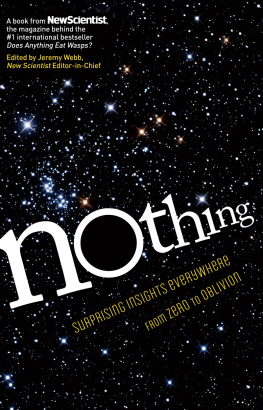
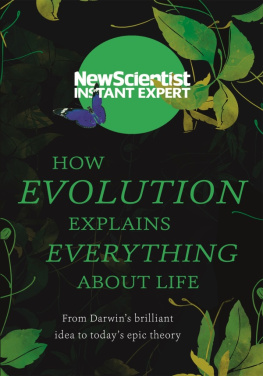

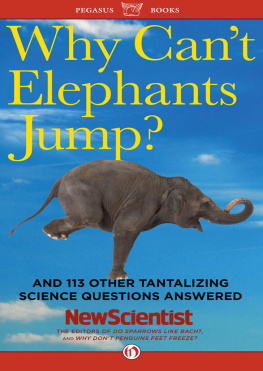
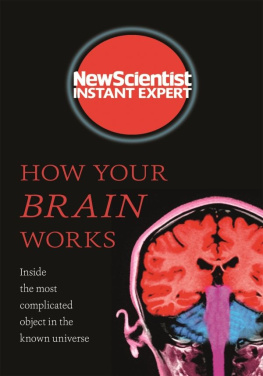
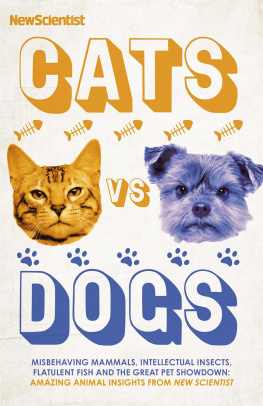
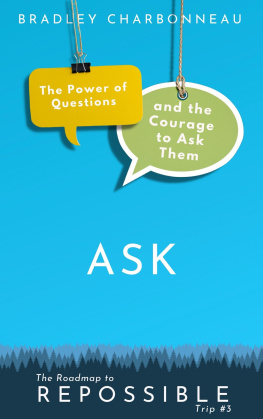


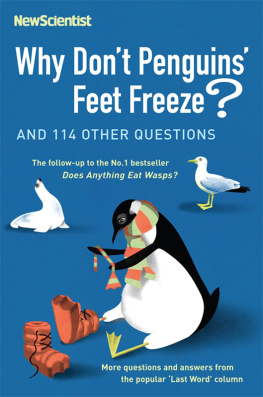
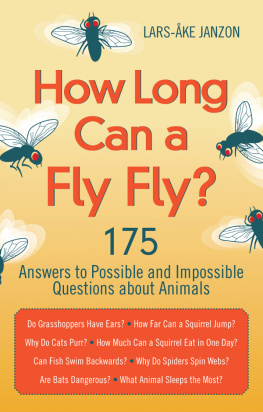
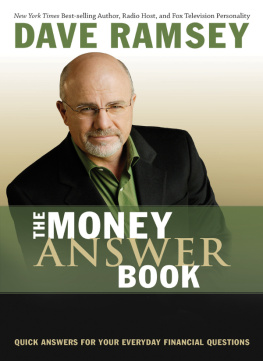
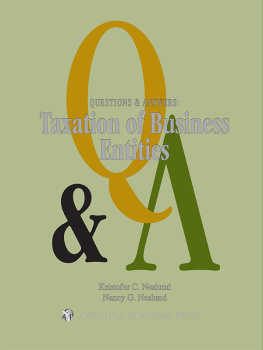
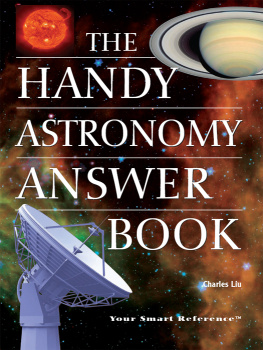
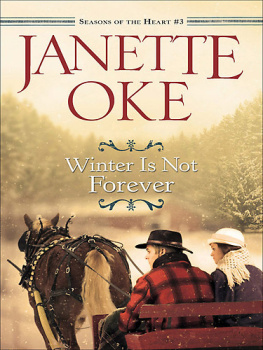


 Years ago I was told that the black hairs on a zebra heat up while the white hairs stay cooler. This sets up a temperature difference between the stripes, which creates an air flow by convection and helps to keep the zebra cool. Does anyone out there know any more?
Years ago I was told that the black hairs on a zebra heat up while the white hairs stay cooler. This sets up a temperature difference between the stripes, which creates an air flow by convection and helps to keep the zebra cool. Does anyone out there know any more?